How To Manage Asthma Naturally – The sheer mentioning of the word asthma sends shivers to some people. Especially victims and those bereaved.
It’s quite surprising that humanity isn’t as worried as these people. There’s a lot of disheartening content that concerns asthma.
The Center for Disease Control and Prevention (CDC) estimates that roughly 8% of the US population has asthma.
Among the causes of truancy and absenteeism from work, asthma has a discernible proportion. The same monstrous disease is costly.
Annually, governments, hospitals, and individuals spend on medical costs, drugs, and awareness
campaigns. However, the success is questionable. The number of people getting the disease is steadily increasing.
Moreover, the recommended drugs have complications.
Table of Contents
Why is Asthma Common in Western Countries?
Most people have sedentary lifestyles in western countries. Statistics show that asthma sufferers are more in western
nations than in Asia and Africa. There is poor diet quality in the affected countries. Poor diets and other factors
largely contribute to the severity of asthma. How best do we get a permanent solution? It’s imperative that people
find answers that go beyond the medicine and inhalers. Music to the ears is that probable remedies exist.
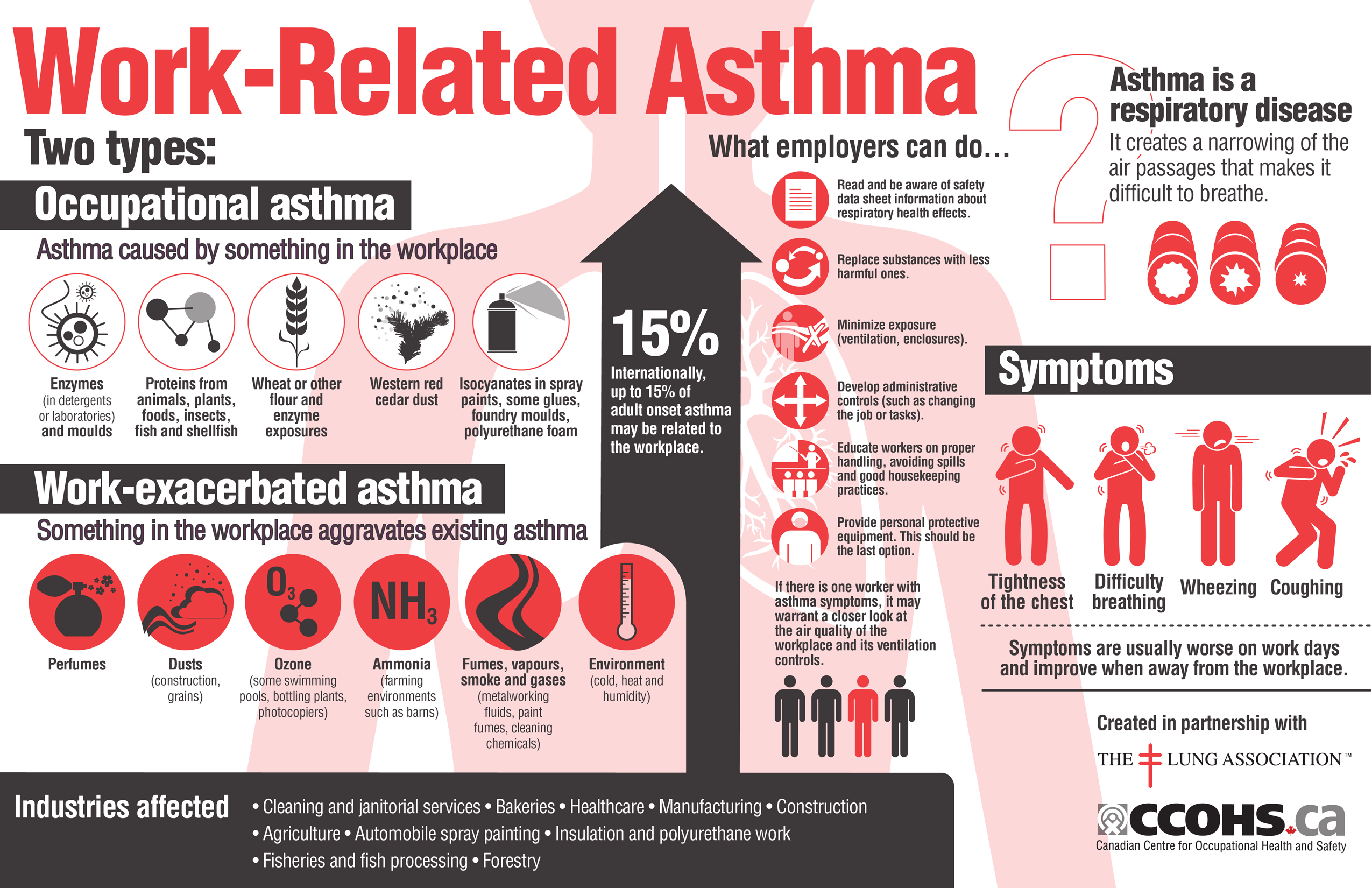

But first, what’s asthma?
Many a time we see people experience breathing difficulties. Have you ever imagined
the cause? It’s usually a problem with the airways. Airways are the breathing
channels that air traverses before it gets to the lungs. Asthma is the chronic condition
that involves the swelling and narrowing of the airways.
Asthma patients usually breathe properly but the process experiences challenges at some time.
The presence of allergens or irritants triggers the airways to swell, constrict and even produce mucus.
A person is said to be experiencing an” asthma attack” during such a time The term
“asthma attack” is sometimes confusing. Others understand it as a situation in which
a victim is hospitalized in the event the symptoms flare up.
What are the typical symptoms of an asthma attack?
A patient undergoes the following: – Persistent coughing- Shortness of breath- Breathing with a whistling sound
when inhaling and exhaling (wheezing)- Tightness in the chest- Inability to sleep because of the above four situations
It can be helpful for people to know how to predict asthma attacks.
There are signs of fatal asthma attacks. They
include increased paleness, profuse sweating, faster heartbeats, and difficulties in exhaling.
Asthma isn’t a contagious illness that one gets from another. Medical professionals explain that the ailment is either
genetic or caused by environmental influences. The World Health Organization (WHO) reports that about half of
asthma conditions are due to family ties. The environmental factors that trigger the onset of an asthma attack are called allergens or irritants.
The Triggering Allergens/Irritants
Examples are the following:
– Air pollutants such as smog and smoke
– Airborne allergens like mold spores, pollen, dust e.t.c
– Chemicals and sensitive odors
– Preservatives in foods and foods like nuts
– Specific groups of medications like aspirin
-Unfavorable weather conditions, for instance, cold weather, cold air
– Respiratory infections like the common cold, viruses e.t.c
– Emotional stress
– Strenuous physical exercises for exercise
– Sedentary Lifestyles- Exposure to irritants
– Obesity
– Poor diet quality
– Staying indoors most the times. The immune system is not properly built when people don’t go outdoors. Many irritants tend to accumulate indoors.
– Compression of lungs. This happens due to bad posture.
Genetics
This is one that people can’t control. You are prone to have asthma if someone else in the family has an asthmatic
condition. Treatment of Asthma Common measures involve avoiding the allergens. For many years, this has been the
best strategy. Sufferers have the task to identify these irritants. Allergy testing can be of aid here. The next huddle
becomes striving to prevent a flare-up of asthma symptoms. However, there are alternative methods. Consuming the
right diet can effectively control asthma. Besides asthma, taking appropriate diet guards the body against many other ailments.
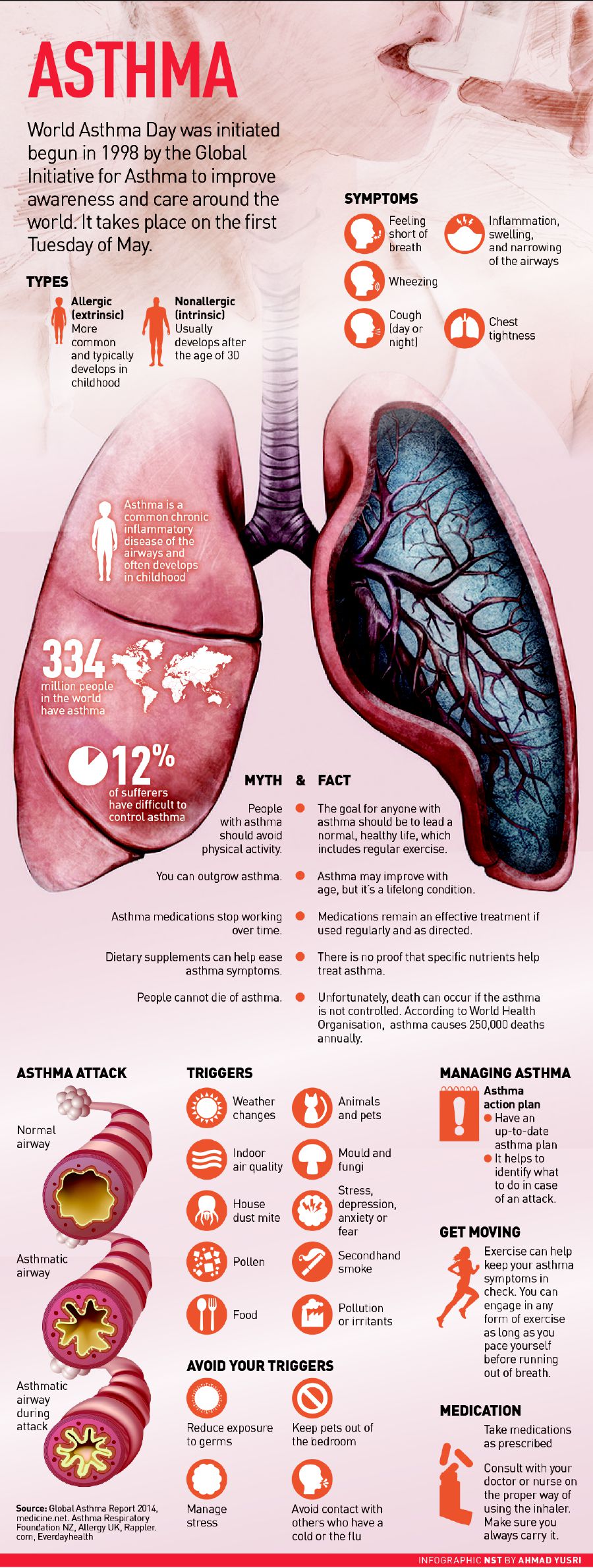
The following is a breakdown of remedies for asthmatics that don’t require medicine and inhalers.
– Special diet
– Avoiding some kinds of food
– Supplementing the diet
– Chiropractic approach
– Proper ways of stress management
– Use of essential oils
– Maintaining quality indoor air
– Getting sufficient time to sleep
-Avoiding obesity Flip through to get acquainted with each of these ways.
What Kind of Diet Should I Follow
A stable immune system differentiates asthma patients from non-sufferers. Consuming the right diet can boost the
immunity of asthma patients. Antioxidants and other ingredients within the food are responsible. An adequate supply of the following will help in reversing the effects of asthma.
1. High-folate foods.
The potency of these type of foods is high. They prevent swelling or inflammation of the
airways. The frequency of allergic reactions becomes low. Once there is no possible inflammation of the airways, the
frequency of allergic reactions becomes low. Once there is no possible inflammation of the airways, the chances of
patient to undergo wheezing also become slim. The most common source of folate is dark leafy vegetables.
Examples
Spinach, kale, collard greens, turnip greens, and romaine lettuce. Other good sources are seeds and nuts
( peanuts, almonds, and sunflower seeds), beans, peas, lentils, and citrus fruits (orange and lemon), and avocado.
2. Folate Supplementation
As earlier mentioned, many foods naturally contain folate. However, Consumption of multivitamin supplements can
add up to the uptake of Vitamin B9 (folate) into the body.
3. Vitamin C Foods
There’s a very slight difference from folate. The difference is the way vitamin C acts to prevent inflammation.
Research suggests that Vitamin C detoxifies the body. It does this by the use of its powerful antioxidants. Citrus
fruits, mangoes, guavas, and leafy greens are good sources of vitamin C.
4. Vitamin E Foods
This particular vitamin is readily available in nuts, seeds, and plant oils. Plant oils include the oil from sunflower
seeds, corn, wheat germ, and soybean. Vitamin E has antioxidants. These antioxidants are a plus to the body’s immunity.
5. Vitamin A or Carotenoid Foods
Carotenoids are the pigments behind the yellow or red or orange colors in fruits and vegetables. Vitamin A keeps the
mucous membrane in the airways healthy. Research results show that asthma cases correspond to a diet which
contains low carotenoids. Therefore, people who consume foods rich in vitamin A are not vulnerable to an asthmatic
condition. Dark leafy vegetables, carrots, sweet potatoes, and berries are eamples of foods rich in carotenoids.
6. Cruciferous vegetables
Cruciferous vegetables have a unique substance called sulforaphane. Antioxidants and sulforaphane prevent air
pollutants from affecting asthma patients. Air pollutants are examples of irritants that
trigger an asthma attack. Blocking the effects of the air pollutants is a big step towards controlling asthma.
Inflammation cannot take place. Examples of cruciferous vegetables are broccoli, Brussels sprouts, cauliflower, and cabbage.
7. Natural Antimicrobial Foods
People often take antibiotic drugs from stores but have no idea that there are foods that are naturally. Some foods
naturally fight infections. In some way, it boosts the immune system. They also contain antioxidants. Antioxidants
inhibit inflammation. Examples are garlic, ginger, and onions.
8. Omega 3 Foods
Omega 3 fatty acids are a group of essential fatty acids. Foods rich in this vital component include salmon, tuna,
trout, canola oil, and walnut. Most sources are oily fish. The omega 3 also reduce the inflammation of the pathways.
Hypersensitivity of the immune system becomes a rare occasion. Eat more Omega 3 foods and cut down on omega 6
foods. Omega 6 foods include chips. buttered popcorn, and chicken skins.
9. Foods with Probiotics
Raw Milk Cultured dairy products like sour milk, cheese, and yogurt contain probiotics. On the other hand, raw milk
strengthens the immune system of children. Unprocessed (raw) milk is better than processed milk. Allergies, asthma
and other auto-immune illnesses rarely attack a child who consumes raw milk. The Journal of Allergy and Clinical
Immunity published a study which found a link between reduced asthma risk and the consumption of raw milk. The
probiotics in cultured dairy products sustain a smoother digestive process. Additionally, they prevent allergic
reactions occasioned by protein particles.
10. High-fiber Foods
The presence of fiber in the gut is a beneficial phenomenon. The fiber helps in removal of toxins from the body.
Besides, fiber is fed upon by naturally-occurring beneficial bacteria in the gut. These types of bacteria are probiotics.
They are associated with low asthma and allergic conditions. Foods rich in fiber include nuts, beans, vegetables, and
whole grains.
11. Foods Containing Magnesium
Magnesium ions have numerous benefits for asthma patients. The bronchus and bronchi-oles form part of the
airways. Asthma thrives in cases where the bronchial muscles do not function properly. The presence of magnesium
allows the relaxation of bronchial muscles. Further, these ions stabilize the process of inhalation and exhalation. The
breathing process is simplified. Low levels of magnesium ions in the body increase the probability of asthmatic
symptoms flaring up. Foods that are rich in magnesium include whole wheat, leafy greens, cocoa, nuts, and beans.
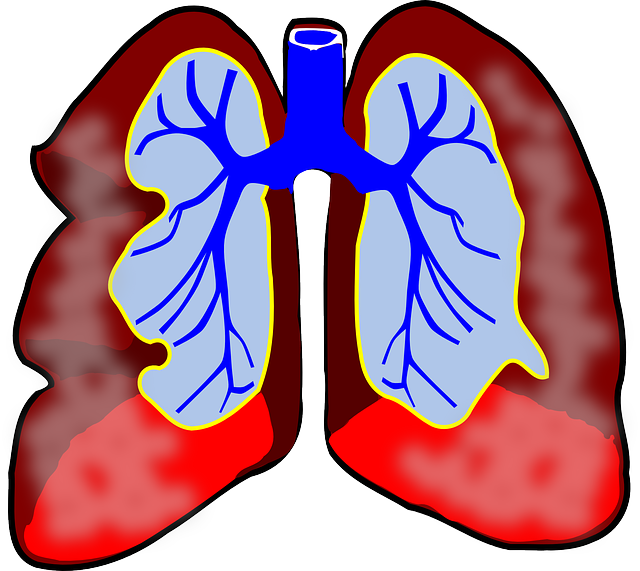
Supplements that help Asthmatic Patients Nature are not flawless.
The foods that we consume every day do not fulfill the necessary nutritional requirements of an ideal diet. In this scenario, supplements come in handy.
The following are supplements for asthmatics:
Vitamin D – Reduces the Severity of Asthma This is the most important among all the supplements. Adding a
vitamin D supplementation could reduce the severity of asthma in affected individuals. In the United Kingdom, Prof.
Adrian Martineau and his team published their study in The Lancet Respiratory Medicine. Their study findings revealed that vitamin D supplementation was linked to a reduction of asthmatic attacks in patients.
It also revealed that vitamin D supplementation eliminated the need for patients to use oral steroids for treatment and
hospitalization. Respiratory infections such as the common cold and viruses trigger the onset of asthmatic
symptoms. Vitamin D boosts the immune system. This way, the risk of asthma induced by respiratory infections is
reduced. Vitamin D also helps in preventing narrowing of the airways. This is done by maintaining the shape of the
lungs and preventing any possible ” remodeling”. It’s the ” remodeling” of the lungs that causes the constriction of the airways.
Where can the vitamin D be found?
Many doctors recommend sunshine. Unfortunately, this natural source is not available to everyone. Another
drawback is that it’s seasonal. Many people who are tested after winter are found to be low on vitamin D. Other
sources of this essential vitamin are fish (salmon, mackerel e.t.c.), beef, calf liver, egg yolk, shiitake mushroom, and
breakfast cereals.
Vitamin C
According to a February 2006 article from the journal Thor., adequate vitamin c supplementation correlated with
less severe asthma. Additionally, it revealed that people who regularly consume foods rich in vitamin C like oranges
had lower risks of wheezing.
Zinc
Did you know that asthma and zinc levels in the blood are related?
Studies have revealed that zinc is an antioxidant. Hence, zinc possesses anti-inflammatory properties. Low levels of
zinc in the blood induce the immune system. The immune system produces cells that are associated with asthmatic
symptoms. These symptoms include coughs, tight chest, and wheezing. The same immune reactions put sufferers at
the risk of pneumonia and other respiratory infections. Foods containing Zinc – Cultured dairy products like yogurt
and cheese- Seafood like crabs and lobsters- Chicken and red meat-Zinc gluconate, zinc acetate, and zinc sulfate
supplement tablets and syrups.

Vitamin B12
Vitamin B12 supplementation improves the tolerance to a flare-up of asthma symptoms. Vitamin B12 does this by
preventing reactions to sulfate particles. Fish, meat, poultry meats, and eggs are sources of vitamin B12.
Magnesium
Magnesium Supplements that contain magnesium can be administered orally or intravenously. Supplementation of
magnesium in both routes lowers the risk of asthma symptoms flaring up. Essential Oils for Asthma Relief Essential
oils can be obtained from different plants by various methods. Most plant parts utilized are the leaves, roots, and
flowers. The oils usually carry a characteristic fragrance of the plant. Most of them are employed as home remedies
for different conditions. Essential oils have been used for ages in the treatment of different illnesses. The successful
use of essential has proven that natural remedies do have an important role in the treatment of diseases. Asthma is
one of them. The oils help to open the airways. Best of all, they reduce the instances of inflammation.
The following are examples of the best choices for relieving asthma naturally:
1. Peppermint Oil
It naturally lowers histamine levels in the blood. Additionally, it decongests the airways. High
histamine levels cause hypersensitivity. They also block airways. The inhibition of the creation of histamines reduces the severity of asthma attacks.
2. Lavender Oil
The oil relaxes bronchial muscles. It also prevents swelling of the airways.
3. Tea Tree Oil
The accumulation of excessive mucus within the respiratory tract blocks the airways. Tea tree oil
breaks up the mucus in the airways. This drastically improves breathing.
4. Eucalyptus Oil
The eucalyptus oil also breaks any phlegm and mucus within the airways. This makes inhalation
and exhalation easier.
5. Chamomile Oil
Asthmatics can use chamomile oil for relieving muscle contractions. This helps to restrict the
swelling of the airways.
6. Clove Oil
Clove oil reduces inflammation, lowers muscle spasms, and eases breathing.
7. A Blend of Essential Oils
One sure way of tackling a problem is by preventing all its possible causes. You can get a blend that consists of anti-
inflammatory, antispasmodic, and antihistamine effects. For example, a mixture that contains equal amounts of
eucalyptus, chamomile, and peppermint. Essential oils do not have an instant influence. However, continuous trials
yield good results. Asthmatics have different solutions to their flare-ups. Not all essential oils work for everyone.
Each and every person has one that works best for them. There are some that can use blends. It just depends on the
person’s body. It’s imperative that an individual finds an essential oil that suits their condition.

Foods to Avoid
They trigger asthma attacks The changes to the diet aren’t enough. Further action requires that asthmatics avoid
some foods. In some people, a food allergen can trigger an allergic reaction and asthma symptoms as well.
Why Should You Avoid Them?
The foods contain probable food allergens. The allergens make the immune system to release histamine. Histamine
is the chemical product that causes an onset of allergic and asthmatic reactions. The food with allergens also stresses
the body organs by increasing the occurrence of inflammation, poor digestion, and deficiencies. Most of them lack
nutrients. They are either processed or refined.
Examples of these foods are:
– Hydrogenated Fats
– Powdered and pasteurized infant formulas
– Pasteurized milk products
– Food colorings
– Food preservatives
– Soy
– Processed carbohydrates such as cornmeal
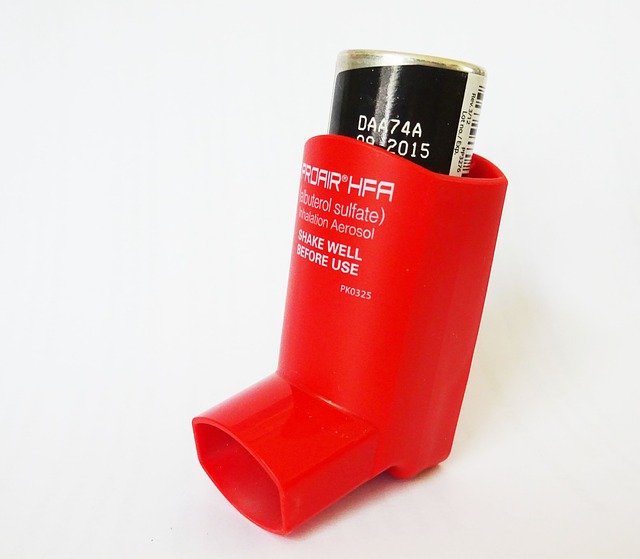
Helpful Tips The following are tips for asthmatics:
1. Take Fresh, Whole Foods It’s possible to control the contents of your meals. Make it a habit to consume fresh
foods. Prepare them yourself. This way, you avoid allergens more easily.
2. Read Labels There is a legislation in place that controls the labeling of processed foods. It’s a law for
manufacturers to list the ingredients and allergens on pre-packed foods. Learn to read these labels before purchasing
any type of food. Avoid foods that are unlabeled.
3. Make Prior Arrangements When Eating Out Inform your hosts about your condition. This includes the chefs and
the people who serve the food. Cross-contamination also transfers allergens from one place to another. The waiter
and waitresses in public restaurants are prone to causing cross-contamination. Be aware.
The following types of foods are examples that asthmatics should avoid. Milk and milk products. Research suggests
that there is a link between dairy food products and asthma.
Dairy and Seeds:
Allergies to dairy foods are most common in children. This mostly happens when the children consume processed
and pasteurized milk products. However, as the children grow, they get over the allergies. Avoiding dairy foods has
consequences. Dairy foods are rich in calcium. The body needs calcium for stronger bones. People who eliminate
dairy foods from their diet should replace them with other calcium-rich foods.
Children often encounter an allergy to eggs. Luckily, they grow over this type of allergy. Foods that contain eggs ( like
cakes), raw eggs, and under-cooked eggs can trigger both allergic and asthma reactions. Seeds like sesame and poppy
are most common triggers in people who consume a lot of seeds. They consume plenty of seeds in slices of bread and
muesli.
Fish and shellfish:
Hypersensitivity to fish and shellfish is common. There have been reports of people who react to the vapor produced
while preparing fish. Most farm-raised fish tend to have mercury, chemicals, and bacteria. Such fish should be
avoided. The contents of the fish can activate the onset of allergic and asthma reactions. Food additives Examples of
additives are sulfites and tartrazines. Pickled food, wines, and dried fruits contain sulfites. Tartrazine is a food
coloring that can cause the production of histamine. Preservatives like benzoates and nitrites also cause allergic
reactions. Soya Processed foods like soy sauce, soy flour, soy milk, and some kinds of margarine contain soya. There
are people who experience hyper reactions after the consumption of soybean processed products.

Maintaining Indoor Air Quality:
The susceptibility to asthma can be reduced by improving the quality of indoor air. Many people find it hard to
control the number of allergens outside their house (outdoor pollution). Controlling outdoor pollution is difficult but
it’s possible for one to have clean indoor air. It’s paramount to eliminate any air contaminants and moisture from the
inside of our homes. Ideal filtration systems, good ventilation techniques, and regulation of humidity in the house
contribute to clean air indoors. Any measures contrary to these are meant to increase the level of irritants.
Ideas to Follow Bathroom Exhaust Use the ventilation system within the bathroom. Any time one takes a bath or
shower, the exhaust system should be used. This will ensure that the molds lack essential conditions that help in
their growth. Mold spores germinate in any environment that contains adequate moisture. Eliminating the moisture
drastically reduces their chances of survival. It also reduces the humidity level. High humidity triggers allergic and
asthma reactions. Kitchen Exhaust Many activities in the kitchen produce odors. This includes cooking. When
involved in such activities, make sure there is enough ventilation to the outdoors.
Some kitchens have exhaust fans. Use them. Moderate Odors Odors from chemicals, solvents, and household
cleaning solutions aren’t healthy for asthmatics. Read the labels accompanied. Use the required amounts and
concentrations only. Ensure that there is proper ventilation. Indoor Cleanliness Floors, ceilings, walls, and furniture
are possible areas where irritants may be entrapped. This is true if these places are not clean. Its important that wet
conditions aren’t allowed in such places. Wet conditions are ideal for the growth of molds. Carpet should be vacuumed on a frequent basis.
Avoid any instance of smoking in the house. This includes cigarettes, burning woods and using stoves that produce
smoke. Asthmatics are not supposed to huddle around fireplaces and wood-burning stoves.
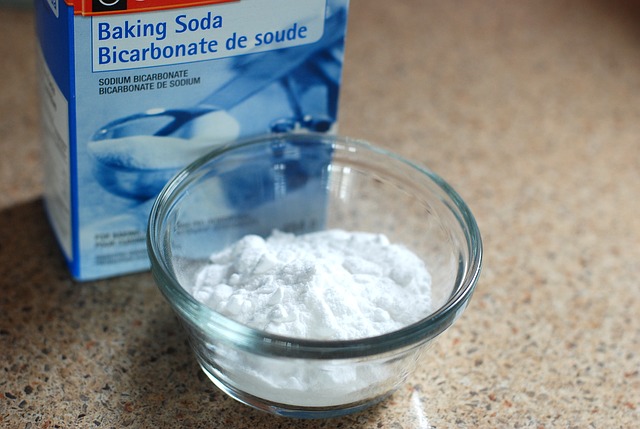
Natural Cleaning Products:
Many recipes for making household cleaning products exist. Make good use of them. Employ vinegar, lavender oil,
and baking soda. This reduces the levels of chemicals within the house.
Controlling Pets:
Keep furry pets out the bedroom. Ensure the amount of loose fur on the pets. This can be achieved
by proper grooming. Grooming pets using special brushes should be done regularly. Limit your exposure to fur. Fur
is an allergen that can cause reactions.
Natural Cosmetic Products:
Aerosols in the beauty and health products should be lowered. Use natural remedies like essential oils. These include
thyme oil, avocado oil e.t.c Non-allergic Pillows Use pillows, sheets, blankets, and duvets that are free of feathers and
down.
Ventilation During Winter During the winter season:
Ensure there is enough ventilation. The energy saving techniques employed during winter increase the likelihood of
allergens surviving. Maintain warm temperatures. Use a heat ventilator to control the amount of outdoor and indoor
air in the house. During cold weather, make it a habit to entrap the area around the nose and mouth with a scarf.
This helps the person to keep and inhale warm air.
Chiropractic Approach for Asthma:
Most of the illnesses people face don’t necessarily need the normal medication. People revert to drug-free and
surgery-free approaches. Chiropractic care is an example. Chiropractors link diseases to the central nervous system.
They tend to believe that when the central nervous system has a problem, than the body is vulnerable to illnesses.
Chiropractors strive to eliminate any disease symptoms. They do this by finding the cause of the symptoms. This is
different from the drugs people buy from stores. The drugs have side effects. Patients experience symptoms that are
confusing. Its not clear whether the symptoms are for the illness or are contra-indications of the drug. Chiropractors
eliminate such worries.

Researcher aimed at the use of chiropractic care for asthma has had considerable results.
One such research was done in Australia, the results showed that asthma patients who saw a chiropractor
experienced fewer asthma symptoms and their immune systems were boosted. Research shows that Forward Head
Posture (FHP) has been linked to asthma. FHP is a condition in which the spine, neck, and head have adjusted away
from the normal gravity of the body. This compresses the nerves in the lower part of the neck and the part of the
back. This places the positioning and normal functioning of the lungs at risk. Chiropractic physicians are able to
improve the posture of affected patients. They administer chiropractic spinal exercises. The exercises align the spine
back to its position. As a result, the effect of nerves to the lungs is stopped. Stress management techniques Strong
emotional stress trigger asthma symptoms to flare up. When there are tools in place to control stress, the severity of
asthma is reduced. An asthmatic’s inability to handle stress brings low adrenal capacity and more anxiety. The
anxiety is not healthy for asthmatics.
How is Stress Related to Asthma:
When a person is stressed up, the emotions are uncontrollable. The uncontrolled emotions affect the normal
functioning of the nervous system. This affects normal relaxation of muscles. The muscles of vital organs of
the respiratory tract (lungs and bronchus) are affected. The muscles constrict more than they usually do, the muscles
tighten up the airways. This worsens the situation in an asthmatic.

Managing Stress:
Try natural means. Example of natural ways that relieve stress are:
– Massage
– Deep abdominal breathing
Do you know how to breathe deeply? Lie down on a clean carpet. Place something like a novel on your
stomach. Next, inhale in a gentle manner. Do this by the abdomen and not the chest. If the novel is rising, you
are on the right track. Next, exhale in a gradual manner. You can do this by counting from one to five. Repeat
the process.
– Undergoing professional art therapies.
The condition of chronic asthma in children who undergo art and other creative therapies improves.
Get Enough Sleep:
People with chronic insomnia are three times more capable of experiencing asthma attacks than those
without. This is according to a research done by the European Respiratory Society. Those who do get
adequate sleep are less vulnerable to a flare-up of asthma-related symptoms.
Exercising to Avoid Obesity:
Vigorous and strenuous exercises aren’t healthy for asthmatics. They increase the likelihood of an asthma
attack. However, doing minor exercises that don’t involve a lot of training is essential. This helps in burning
unwanted body fats. The probability of one being obese becomes low. Overweight people experience more
respiratory problems than others. This is because the lungs and airways in overweight individuals are
constricted and have reduced volumes.
Final Thoughts
The conventional ways of treating asthma aren’t fully effective. They are the use of steroids, bronchodilators,
and anti-inflammatory drugs. Besides, they have side effects. It’s up to us to incorporate home remedies that
reverse the effects of this monster disease. For a recap, watch your diet, avoid some foods, do small
exercises, supplement your diet, use essential oils, learn controlling stress, and get enough sleep. These
alternatives do not have side effects. It’s also important to be aware of asthma risk factors. Depending on
our capability to avoid some of them. Risk factors include a poor diet exposure to irritants, obesity, lack of exercise
and not supplementing your diet. You should aim to use essential oils, learn controlling stress, and get enough sleep.
Indusclassic Himalayan Salt for Ceramic Inhaler or Neti Pot Refill Asthma Allergy Sinus
HELP: A Natural Drug-Free Respiratory Aid
USE: Natural Relief of Allergy, Sinus, Flu and Cold Symptoms
HEALTH: Himalayan Pink Salt Crystals (the Healthiest Natural Salt in the World), mined from deep inside the Himalayan Mountains.
Price: $38.87
Aromatic Salt Ceramic Neti Pot, Green
Tapered spout fits easily and comfortably in the nostril
Easy to use, easy to clean and dishwasher safe
Hygienic solid handle with no cavity to catch and hold water and germs
Price: $50.85














